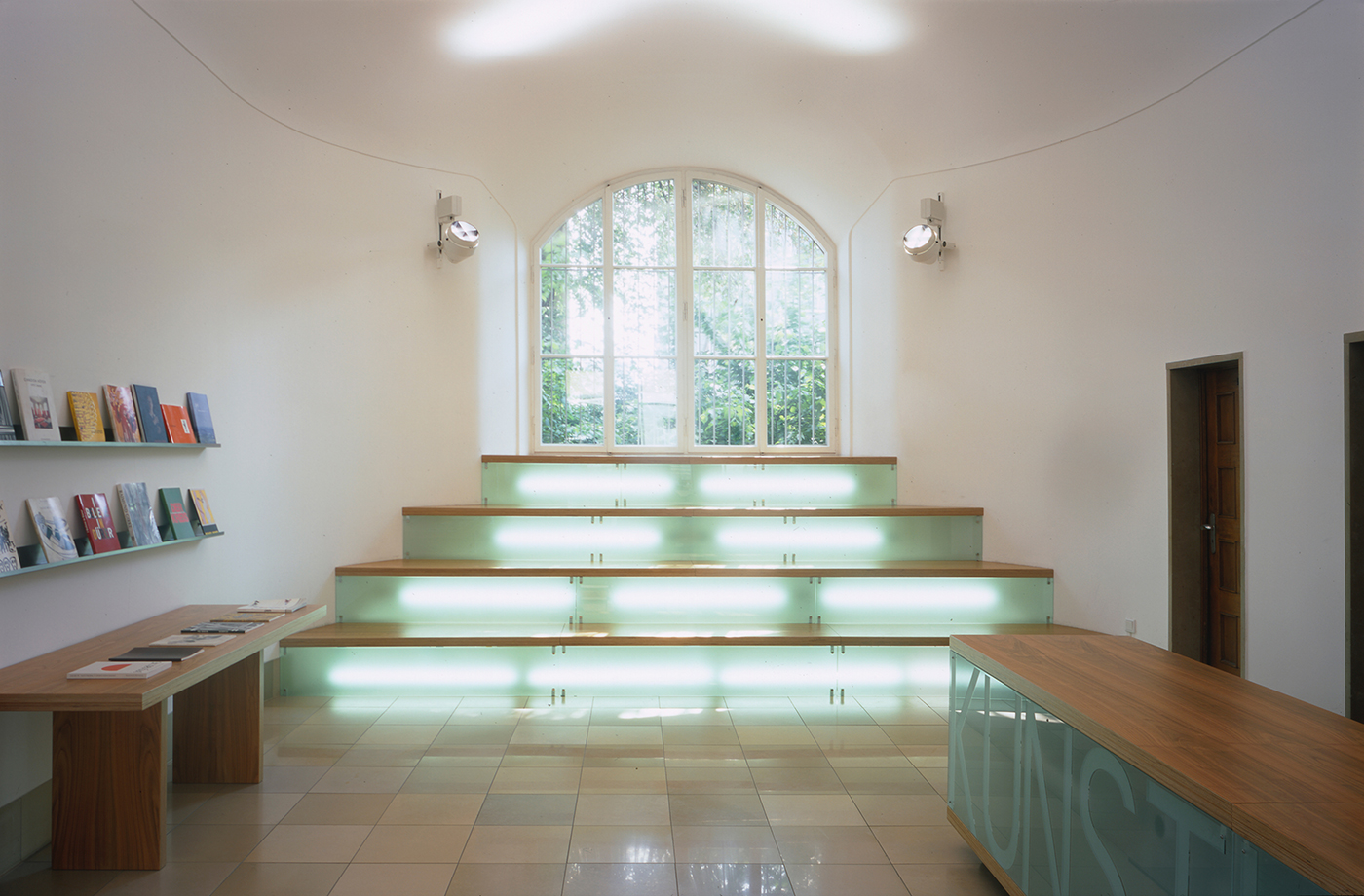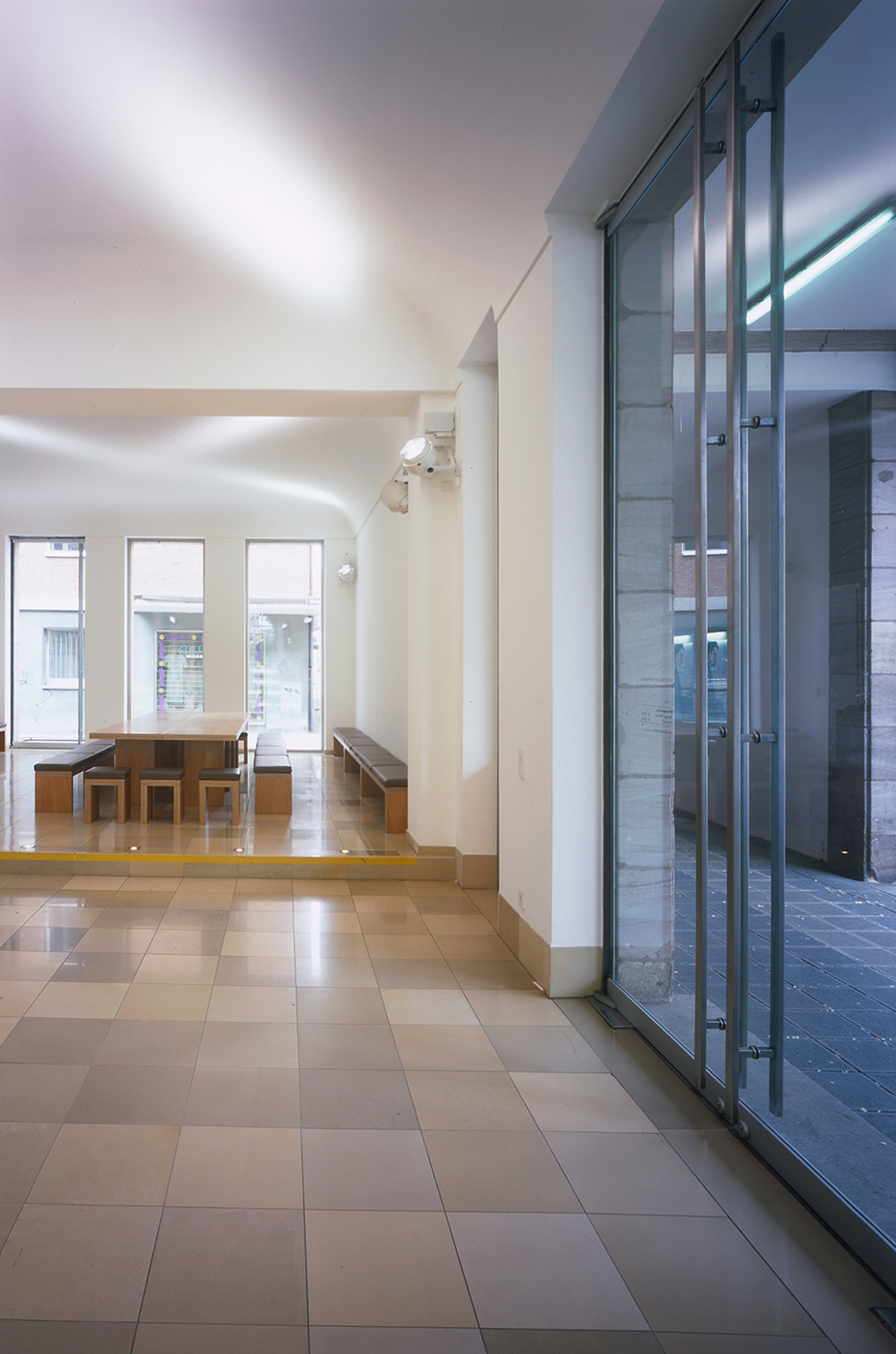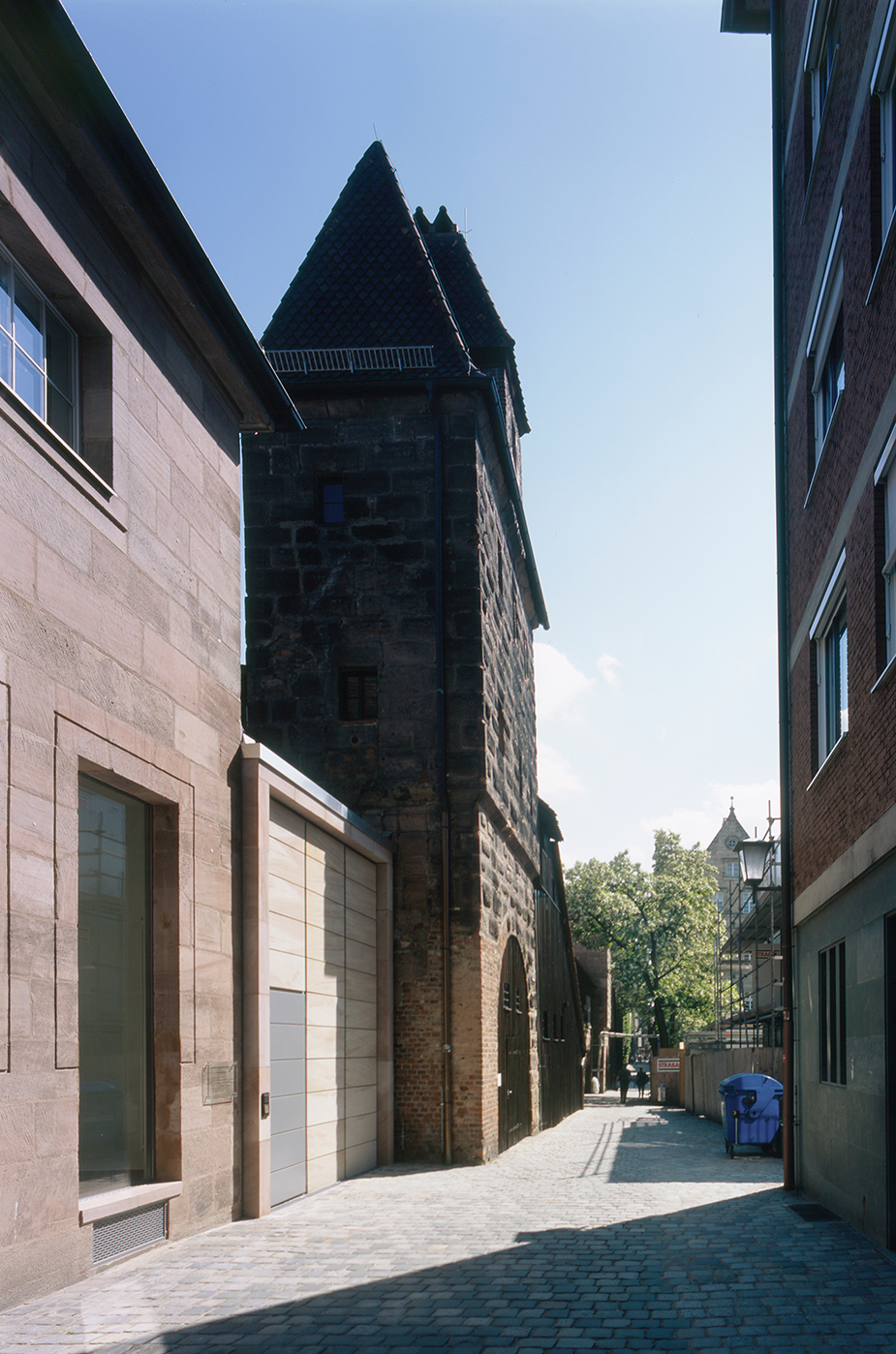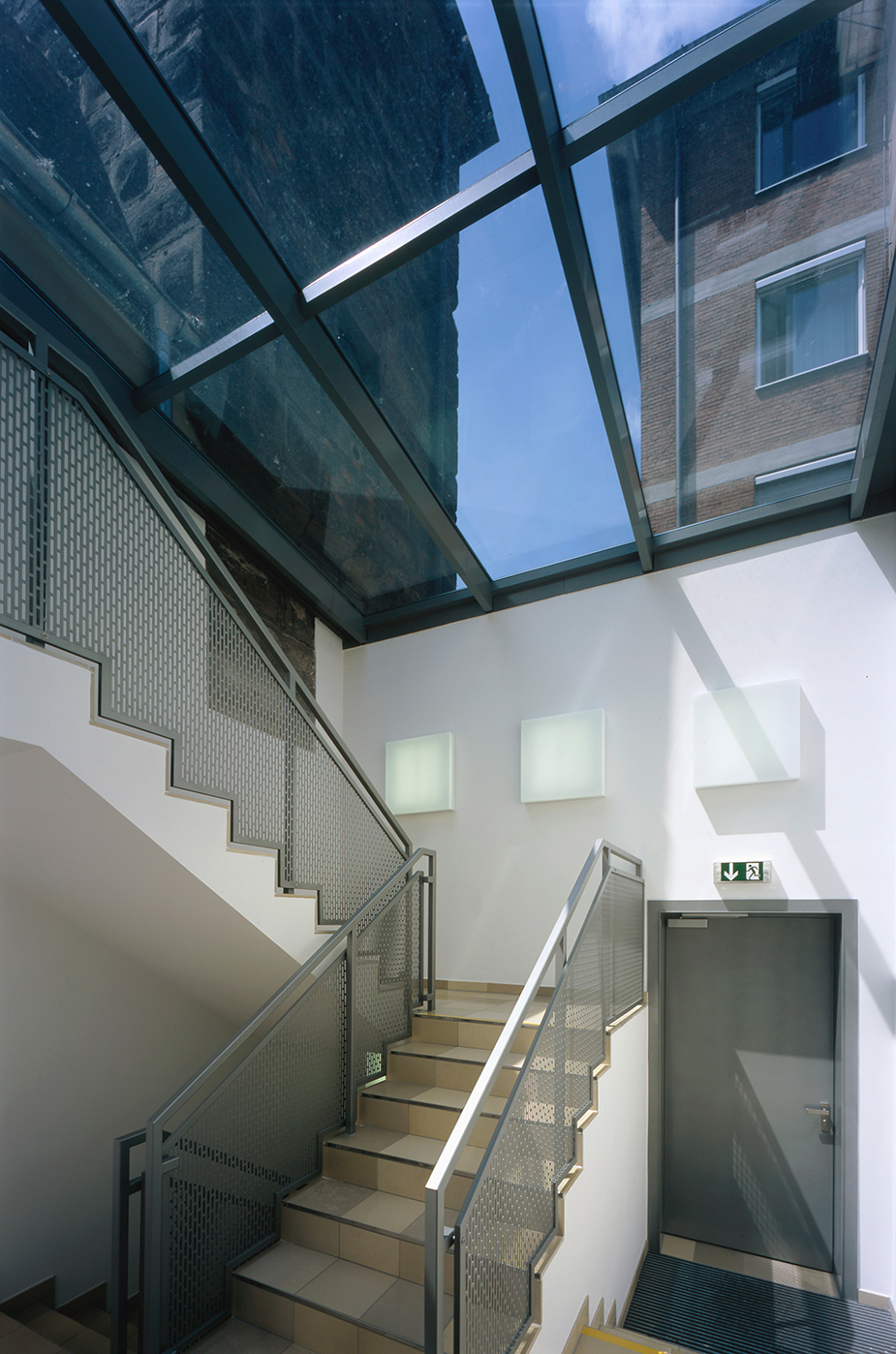Culture
Kunsthalle Nuremberg
HISTORY
The Kunsthalle Nürnberg was founded in 1967 as an institution for international contemporary art. As a changing exhibition venue, it presents exhibitions on contemporary art and the so-called Second Modernism of the 1960s. It is located in a building that was constructed in 1912 as an art exhibition hall at the Marientor in the former Zwinger area of the city wall and initially housed the municipal art collection. In the thirties, the building was renamed the Fränkische Galerie and used as a house for changing exhibitions on Franconian art. The founding of the Kunsthalle Nürnberg was prompted by the creation of an exhibition forum for the presentation and mediation of international contemporary art as well as the establishment of a municipal collection of international contemporary art. In 1997, the collection was transferred to the Neue Museum – Staatliches Museum für Kunst und Design in Nürnberg as a permanent loan. Since then, the Kunsthalle Nürnberg has focused on the task of conveying the current trends in contemporary art through thematic exhibitions and the presentation of outstanding individual artistic positions.
NEW ARCHITECTURE
* Contemporary art with contemporary architecture *
Externally, the facades of the Kunsthalle continue the city wall and integrate into the existing structure without major architectural gestures. Inside, a clear design language has been used, confidently avoiding any visual competition with the exhibited art. With its almost laconic simplicity, it provides a timeless framework for art. The foyer has been enlarged and opened to the “city” through larger window openings. A multifunctional reading and cafeteria area has been created, with long benches and tables inviting conversation. The vaulted ceilings are emphasized by a new lighting concept, which traces the cross vaults on the ceiling, thus indicating the historical context. The administrative staircase initially appears hermetic from the outside, according to the requirements of monument preservation, which demanded a closed sandstone wall here. However, from the inside, this is offset by the unobstructed view upwards through the glass roof: the city wall tower becomes an optical part of the staircase. Thus, there are many elements in the tension between history and modernity – not least in the ladies’ restroom, where one can touch the city wall. A time tunnel for modern art: looking back, focusing on the present.




Project Info
Client: City Nuremberg
Project type: Culture